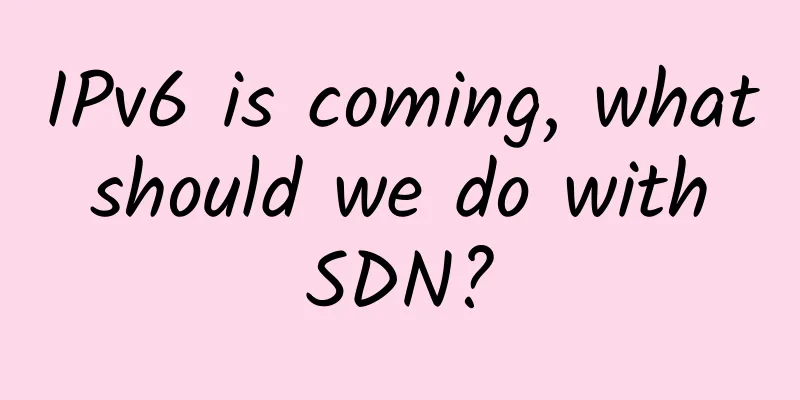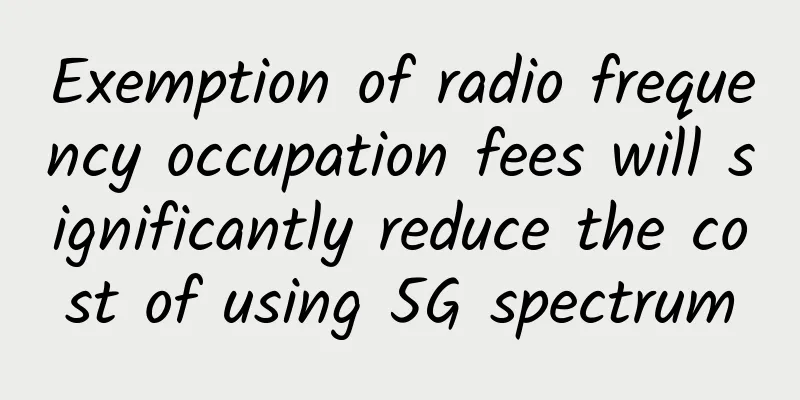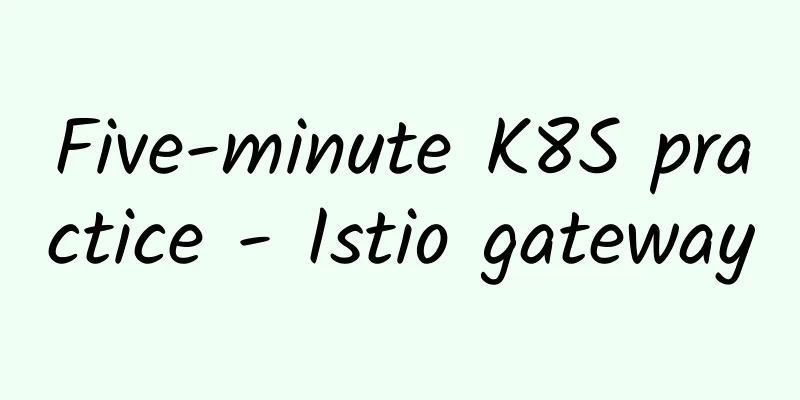Comprehensive analysis of SEO optimization: From HTML tags to Sitemap.xml, the techniques you must know

|
In the digital age, acquiring website traffic depends not only on high-quality content, but also on proper SEO optimization techniques. How can you make your website stand out in search engines? How can you make search engines better crawl and rank your pages? This article will comprehensively analyze the key techniques of SEO optimization from HTML tag optimization, Sitemap.xml, mobile optimization to backlink building to help you improve your website ranking and traffic. 1. What is SEO optimization?SEO (search engine optimization) is the process of improving the ranking of a website in search engines through a series of technical means. It includes page optimization, off-site optimization and technical optimization. To achieve comprehensive SEO optimization, we should not only pay attention to the quality of the content, but also optimize technical details such as HTML tags, website structure, page speed, etc. 2. HTML tag optimization: improve page visibilityHTML tags are not only the skeleton of the web page structure, but also an important basis for search engines to understand the content of the page. Proper use of these tags will help improve the visibility and ranking of the page.
3. Website structure optimization: Make search engines crawl more efficientlyA clear and concise website structure can improve user experience and allow search engines to crawl website content more efficiently.
4. Sitemap.xml: Improve crawling efficiencyThe Sitemap.xml file is an important tool for search engines to understand the structure and pages of a website, especially for large websites.
5. Mobile Optimization: Meeting the Challenges of Mobile UsersWith the popularity of mobile devices, search engines are paying more and more attention to mobile optimization.
6. Content optimization: make the content more attractiveContent is the core of website SEO. Good content can not only improve user experience, but also improve the search engine ranking of the page.
7. Structured Data: Improve Search Engine UnderstandingStructured data helps search engines better understand the content of a page through specific markup, thereby displaying rich snippets of the page in search results.
8. Backlink Building: Improving Website AuthorityBacklinks are an important factor for search engines to judge the authority and quality of a website. High-quality external links can help improve rankings.
9. Continuous monitoring and adjustment: ensuring SEO effectivenessSEO optimization is a long-term process that requires regular monitoring and adjustment of strategies based on data feedback.
Conclusion: SEO optimization is a process of continuous improvementSEO optimization is not just a one-time task, but a continuous improvement process. By properly optimizing HTML tags, website structure, content quality and other factors, you can significantly improve your website's ranking and traffic. However, the results of SEO are not immediate, it takes time and patience. Keep optimizing and stick to white hat SEO strategies, and your site will eventually perform better in search engines. |
>>: Recommended DNS public servers
Recommend
What does Huawei's ultra-high-density UPS module mean to data centers?
[51CTO.com original article] With the continuous ...
10gbiz: 50% off, starting from $3.44/month, Hong Kong CN2 GIA/Los Angeles CN2 GIA/AS9929/large hard disk VPS optional
10gbiz is offering a 50% discount on all VPS host...
With the three major operators working together to promote 5G messaging, how far is it from success?
On April 8, China Mobile, China Telecom, and Chin...
India issues 5G trial license, but won't use Chinese network technology
The decision to exclude the Chinese manufacturer ...
Good news: Market forecasts 5G smartphone shipments to increase, but prices to continue to fall
Market research firm IDC expects the global smart...
Let's talk about network programming
Introduction 【1】Network programming: Computers di...
HPE Aruba Networking Launches Enterprise-Grade Private 5G Network to Simplify Deployment of Dedicated Cellular Networks
HPE (NYSE: HPE ) today announced the launch of HP...
The three major operators work together to embrace 5G positioning, accelerate capacity improvement, and jointly create an industrial ecosystem
Telecom operators are not only the builders and o...
Cloud Gateway for Home Computing Networks
Author: Tian Yang, Unit: China Mobile Smart Home ...
The ancestral motto of data center operation and maintenance is "no trouble, no failure"
Although the saying "no trouble, no failure&...
How much does it cost to build a 5G base station?
Since the official announcement of commercial use...
How does 5G use spectrum? This article tells you everything!
As we all know, wireless spectrum resources are t...
The Ministry of Industry and Information Technology held a special meeting on 5G/6G technology
On May 12, the Ministry of Industry and Informati...
uSens Linggan Wang Xiaotao: This is the best time for the development of gesture interaction
[51CTO.com original article] On July 21-22, 2017,...
What attacks can hackers launch using TCP/IP?
TCP/IP is the most basic communication protocol o...









![[Black Friday] spinservers: $49/month - E3-1280v5, 32G memory, 1TB NVme, 10Gbps bandwidth, San Jose/Dallas data center](/upload/images/67cabcf402984.webp)